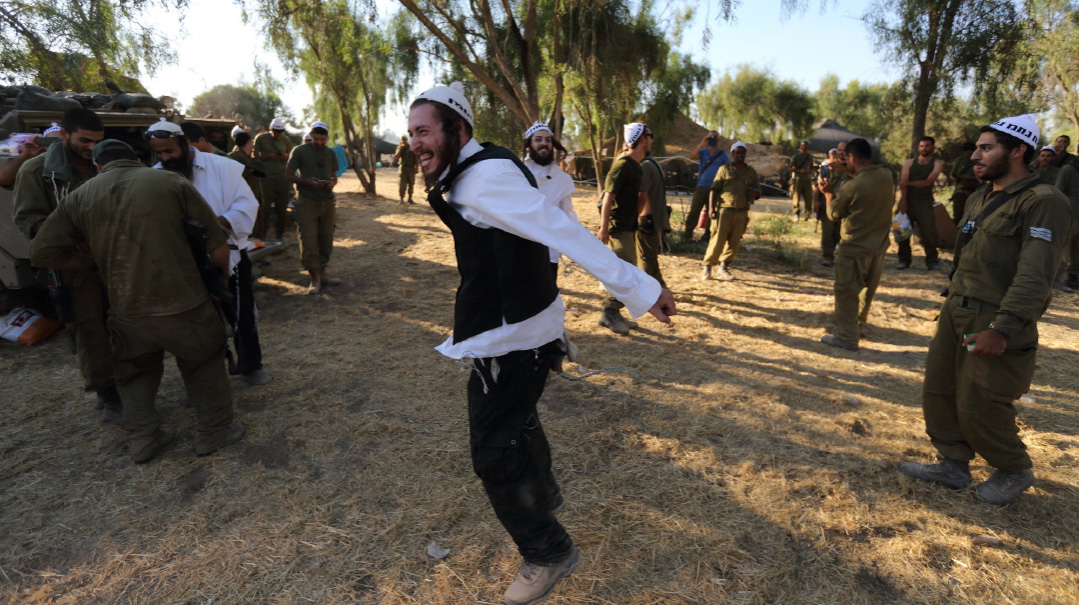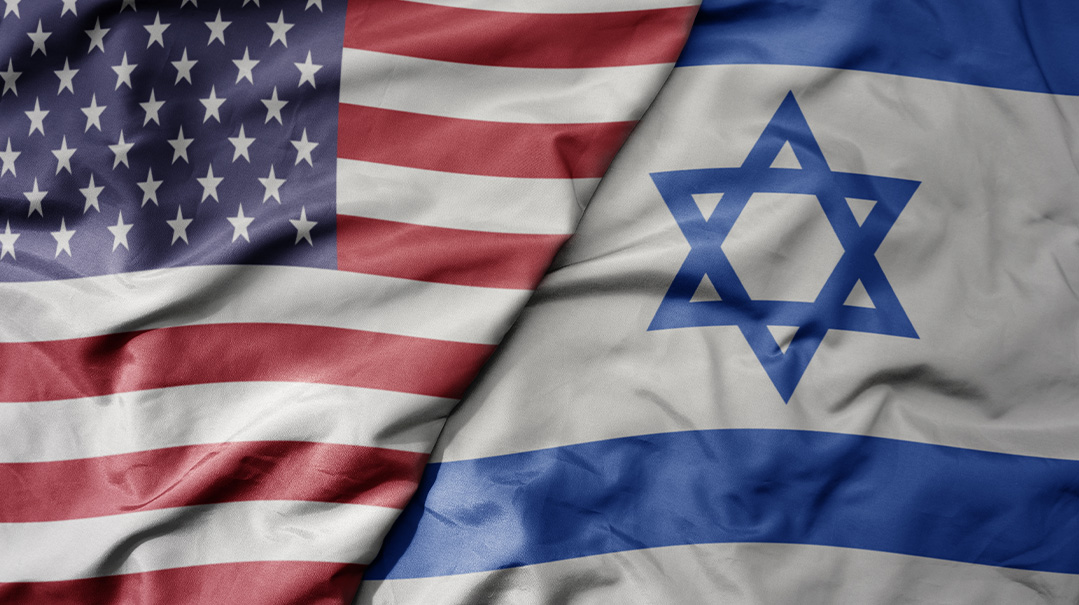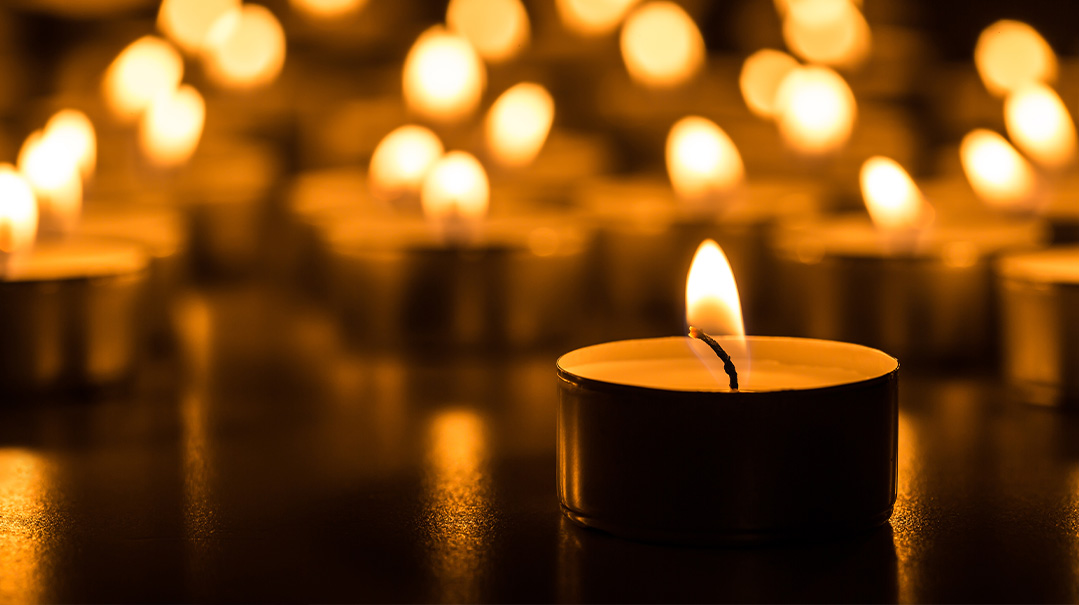Back to Highland Park

The last nail in the coffin of the much safer and more nurturing America in which I grew up
IT
has been at least fifteen years since I was last in Highland Park, Illinois, to show my two youngest sons the home my parents built and moved into in 1956 and in which I grew up with my four younger brothers. We even visited Uncle Dan’s, which did not exist in my day, and from whose roof Robert Crimo III, armed with a rifle, murdered seven and wounded forty others, some critically, at a Fourth of July parade.
There is something terribly disorienting about being suddenly thrown back into a time and place from which one is long gone, as I was when one of my children called up and asked, “What’s going on in Highland Park?” In a video clip of those fleeing from the gunshots, I instantly recognized the street where I had stood with my family watching other July 4 parades, no more than a seven-minute bike ride from my home. (In truth, I preferred the previous night’s fireworks viewed from the beach along Lake Michigan.)
As the national press swarmed to Highland Park, at least one journalist referred to it as Chicago’s “Mayberry,” the fictional rural Southern town where Andy Griffith served as the slow-talking, wise sheriff, and Barney Fife as his bumbling deputy. Highland Park bore no relation to Mayberry — too affluent, too Jewish, too fast moving. But safe it was. My parents had no worries letting me walk or ride my bike alone to school from the age of six, something my nieces in suburban Philadelphia never did.
And there was Fell Company, a clothes store, on Central Avenue, founded by Sam Fell, a Russian immigrant, in 1913, where my friends’ mothers worked at the cash registers, and brothers Red and Jake and Jake’s son Happy knew almost everyone who came in by name.
Fell’s closed in 2009, to be replaced by food courts and name-brand boutiques, filled by teens with too much disposable income. For me, Highland Park would never be the same.
Not all the changes since my youth, however, have been for the worse. Where Evans Pet and Garden Store once stood on Central Avenue, there is now the large, red-brick North Suburban Lubavitch Chabad, run by Rabbi Yosef Schanowitz and his wife Michla. There was no Chabad in my childhood. But by the time my younger brother married, the Schanowitzes had a small house just off of Sunset Park, where my brother celebrated his aufruf.
The shooter’s mother lives not far from the present Chabad center, and twice, most recently during Pesach, Crimo entered the shul before Rabbi Schanowitz escorted him out. That suggests a possible religious motive for the shooting. Crimo also lived with his father in Highwood, a largely Italian enclave surrounded by Highland Park and not nearly as affluent.
There was some tension in the halls of Highland Park High School between kids from Highwood and those from Highland Park, and an anti-Semitic comment or two might occasionally have been heard. But there were also plenty of friendships — such as mine with my chemistry lab partner Bobby Massini.
When Crimo was finally caught a full nine hours after the shooting, he told the arresting officers that he had traveled to Madison, Wisconsin, where he had contemplated another mass murder, with the second rifle and large store of ammunition found in his car trunk. And it is hard to imagine that Madison was linked to Jews in his mind. The suggestion of one writer that Crimo suffered from marijuana-induced psychosis — most of his time was spent smoking marijuana — strikes me as not implausible. Since legalization, marijuana has become much purer, and therefore more powerful and dangerous for those whose grasp on reality is already tenuous.
My children were puzzled by my intense involvement over many days with events in Highland Park. As they pointed out, I have been living in Jerusalem for 42 years. And in that time, five Jews whom I knew were massacred during Shacharis in my neighborhood, the No. 18 bus blew up on two successive Sundays, and there have been car rammings, knifings, and shootings too numerous to even remember.
It is not strictly accurate to say that I reacted more strongly to the July 4 attack in Highland Park. After the Har Nof massacre, for months I surveyed every shul during davening to ascertain the exits. And after news of the second No. 18 bus bombing, I found myself sobbing openly during Shacharis.
It’s just that Highland Park always seemed safe and protected. No doubt my memories of an idyllic childhood are highly selective. But the mass murder on July 4, in a place so bound to those memories, represents for me the last nail in the coffin of the much safer and more nurturing America in which I grew up.
The Man Who Never Said No
Klal Yisrael lost one of its greatest leaders with the passing this week in Jerusalem of Kurt (Reb Gershon) Rothschild a"h, at age 101. No one in our time was more passionately devoted to Klal Yisrael or to every Jew comprising that klal.
I first met Kurt over thirty years ago. The Vizhnitz special-needs school where my wife was the social worker needed a zoning variance. I called a friend for advice, and he told me that Kurt Rothschild was in town: “He knows everyone, and he never says no.”
Within a short time the variance was secured. I would have many more occasions over the following years to learn how true was that description: “the man who never says no.”
Because he never said no to anyone, few could say no to him, when he sought their financial support or assistance. Toronto is a generous city, but that is true, in part, because all those of means grew used to being solicited by Kurt. His “indefatigable, almost driven, need to do good” inspired others to emulate him.
Kurt sold his business at 60 and devoted the rest of his life entirely to Klal Yisrael. Rather than seeking to limit himself to existing commitments, he was always on the lookout for new ideas and projects to benefit Klal Yisrael.
“He is into good people and good management, and the color of their yarmulke does not matter,” his frequent collaborator Dov Friedberg said of him.
Despite his position as president of World Mizrahi for decades, and his devotion to the Torah im derech eretz philosophy in which he was raised in Germany, he was willing to wait for Mashiach to iron out ideological differences. In the meantime, he supported countless Mizrahi, Chabad, and chareidi yeshivos and organizations in both Toronto and Eretz Yisrael.
His eagerness to assist any project to strengthen Torah and bring Jews closer to Torah made him a great unifier. On my first visit to Toronto, he arranged for me to speak in a Mizrahi-affiliated shul in the morning and at an Agudah shul in the afternoon. Only in Toronto would that have seemed completely natural, and only because of Kurt’s presence.
It is fitting that his son Michael Rothschild founded and directs the Chofetz Chaim Heritage Foundation, devoted to spreading observance of proper speech, because no other mitzvah is more central to unifying the Jewish People and does more to instill ahavas Yisrael.
Kurt’s active involvement in general communal organizations, from the board of directors of the Jewish Agency to the Toronto Federation, raised the image of Orthodox Jews in those bodies. It is no accident that the Toronto Federation is more supportive of Torah education than any other federation in North America, and that it partnered with Kurt in creating the Netzarim Fund on behalf of evacuees from Gush Katif.
Kurt was outwardly undemonstrative. Complimenting him was an exercise in futility. And yet that passion that drove him and his love of his fellow Jews was unmistakable, and made him greatly beloved to all those who benefited or were inspired by him.
Even this short appreciation would be incomplete without mention of his life partner of seventy years, his wife Edith, who zealous concern with his health and well-being allowed him to remain active into his second century.
(Originally featured in Mishpacha, Issue 920. Yonoson Rosenblum may be contacted directly at rosenblum@mishpacha.com)
Oops! We could not locate your form.






